Whenever I think about the Disney Dollars program that ran from 1987 to 2016, I’m reminded of that television commercial starring the late, great baseball Hall of Famer Yogi Berra.
“They give you cash,” Yogi said, “which is just as good as money.”
Disney Dollars were, in fact, cash. And they were, in fact, just as good as money.

He joined the Disney fold in 1955, working in Disneyland’s marketing department, where he dreamed up some of the park’s most famous promotions, including Grad Nites, Vacationland Magazine, The Magic Kingdom Club and the Disneyland Ambassador Program.
“I got the idea for Disney Dollars by reading the financial pages,” Lindquist told me in 2015, a year before he passed away. “It dawned on me that Disneyland was big enough to have its own currency. About 12 million people a year come to Disneyland and 24 million people a year visit Walt Disney World. That’s more than some small countries.”
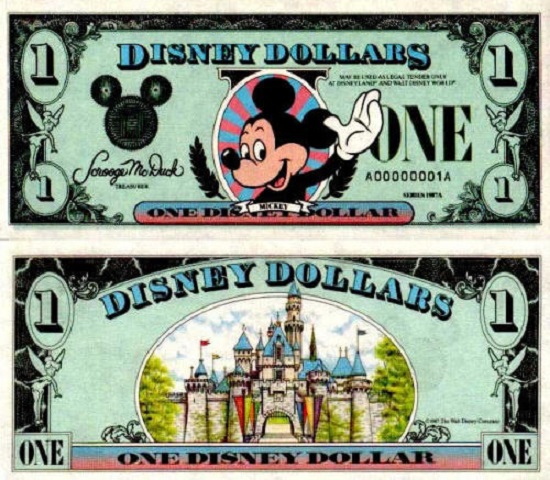
As you might expect, when Lindquist proposed the idea of Disney having its own currency, he met with more than a few chuckles and raised eyebrows among the company’s finance executives.
“We maintained the fact that Disney Dollars were not a promotional or merchandising idea,” Lindquist said. “We set the idea that our Disney money would always be tied to the price of U.S. currency, so if a dollar is worth a dollar, a Disney Dollar would be worth one U.S. dollar. That way, the Disney money could be spent in the parks, the same way U.S. currency is.”
Once Lindquist’s proposal made it past the skeptics – “The hardest part was to get people to take Disney Dollars seriously and not look at it as if it was ‘play’ money,” he said – the hurdle of actually printing legitimate currency had to be cleared.
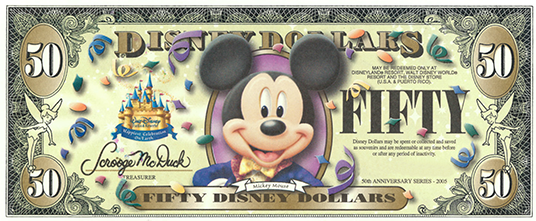
Disney consulted with Jeffries Banknote, a leading Los Angeles-based printing and engraving firm which specialized in high-security documents, including bonds and stock certificates. Jefferies Banknote even printed tickets for the 1932 and 1984 Summer Olympic Games, both held in Los Angeles.
Disney also approached the U.S. Secret Service, which was established in 1865 as a bureau in the Treasury Department to suppress widespread counterfeiting after the Civil War. “They were very helpful,” Lindquist said.
To prevent counterfeiting, Disney Dollars employed microprinting, reflective ink, and imprinting on both sides. In addition, the bills were printed with serial numbers and letters which are unique to each bill. Lastly, Disney Dollars had small specks of glitter embedded in them.
“We used the same kind of paper, inks, plates, holograms and all the things that go into printing money,” Lindquist said.
To give you an idea of how serious Disney was about printing its own currency, the initial order was for one million $1 Mickey Mouse bills.
Although guests did use Disney Dollars in their purchases at Disney parks, in the Disney Store or on the Disney Cruise Line, the unique currency became more of a collectors’ item than anything else.
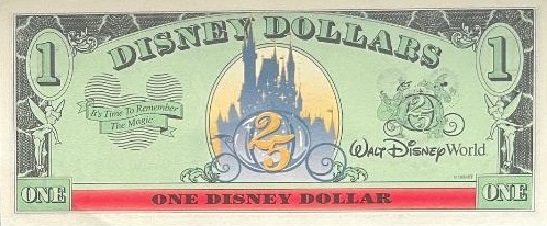
Disney Dollars came in $1, $5, $10 and $50 denominations. The $50 bill was issued to commemorate Disneyland’s 50th anniversary.
Each Disney Dollar was signed by “treasurer” Scrooge McDuck and had an image of Tinker Bell on the front. Serial numbers of the bills started with an A for Disneyland and a D for Walt Disney World.
The bills varied in design. Images of Mickey, Minnie, Donald, Goofy, Pluto or Dumbo appeared on the front of the bills, while artwork reflecting Disneyland or Walt Disney World was on the back of the bills.
Disney Dollars were introduced at Disneyland on May 5, 1987. Given Lindquist’s penchant for creating innovative marketing strategies, the day turned into an EVENT.
A small crowd gathered at Disneyland’s ticket windows at around 2 a.m. in hopes of being among the first to purchase the unique, hot-off-the-presses currency.
At 9 a.m., an armored Brinks vehicle, accompanied by four Anaheim police officers on motorcycles with lights flashing and sirens blaring, pulled up to Disneyland’s front gate. The back door of the truck opened and Scrooge McDuck – lugging a large sack filled with Disney Dollars – emerged.
On that first day, $60,000 Disney Dollars were put into circulation at Disneyland. One guest bought $10,000 worth of the currency, claiming that he was going to put them in a safe deposit box in hopes that they would increase in value over the years … so much so that he planned to use the profits to pay for his then 2-year-old daughter’s college education.
Later that year, Disney Dollars debuted at EPCOT.
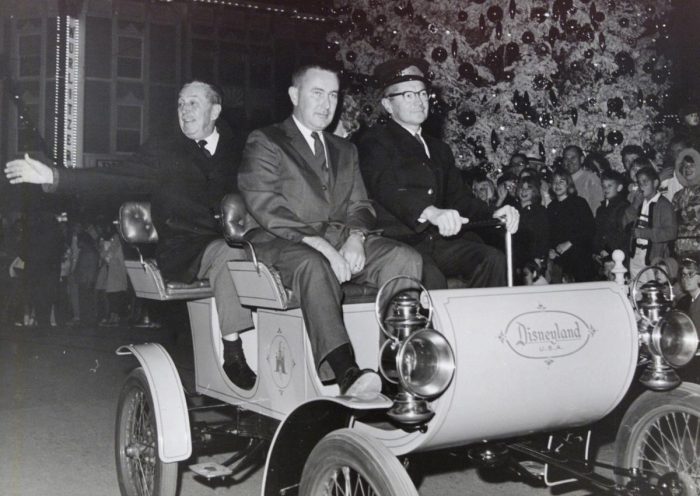
The idea of Disney having its own currency turned into a big hit, so much so that some of the country’s leading companies wanted in on the action.
Kellogg’s proposed putting a Disney Dollar in every box of its cereal. They approached Lindquist and asked how much of a discount Disney would give them. Lindquist politely declined.
“Have them go to the United States Treasury and ask them for a discount on their dollar bills,” he said. Remember, the premise of the program was that each Disney Dollar would have the same value as a U.S. dollar.
Disney Dollars lasted until 2016, when their production was halted. The company cited the rising use of gift cards and digital currency for ceasing production.
Disney Dollars are still accepted in Disney parks, stores, hotels, restaurants, the Disney Cruise Line and in some locations on Castaway Cay, DCL’s private island.
At this point in time, however, most Disney fans view Disney Dollars more as a collectible than as a unit of currency.
Chuck Schmidt is an award-winning journalist and retired Disney cast member who has covered all things Disney since 1984 in both print and on-line. He has authored or co-authored seven books on Disney, including his On the Disney Beat, The Beat Goes On and Disney’s Dream Weavers for Theme Park Press. He has written a regular blog for AllEars.Net, called Still Goofy About Disney, since 2015.


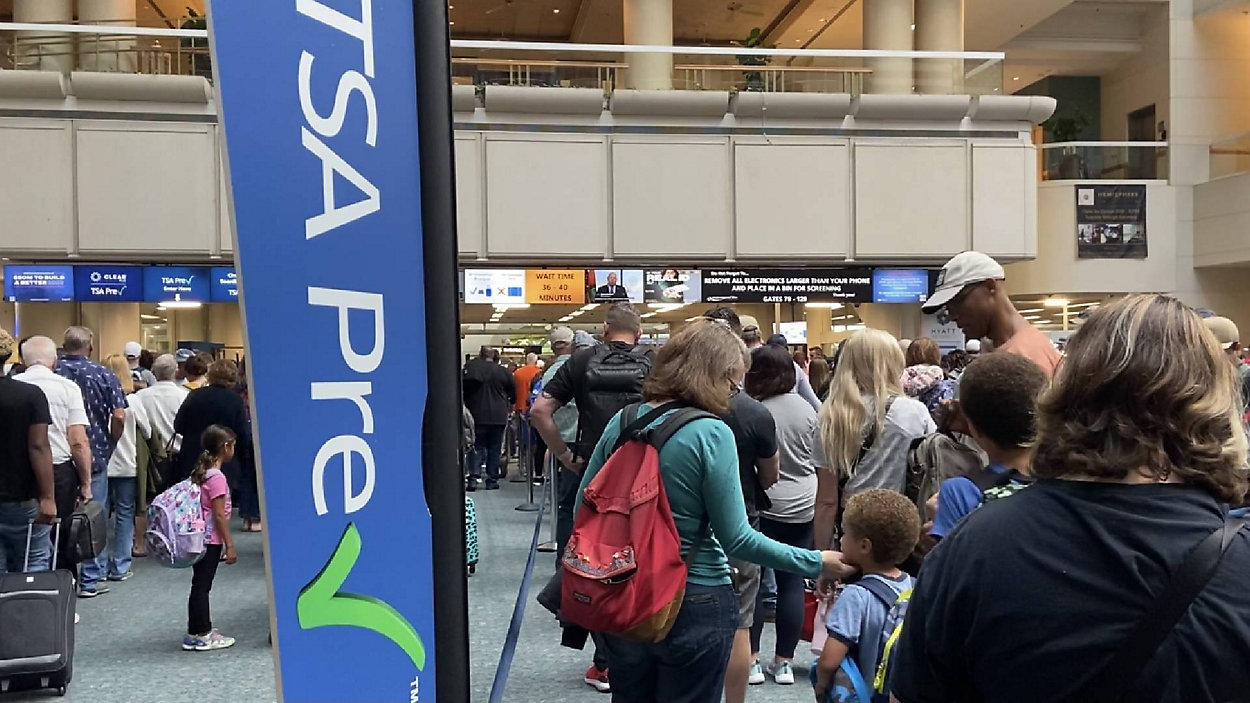
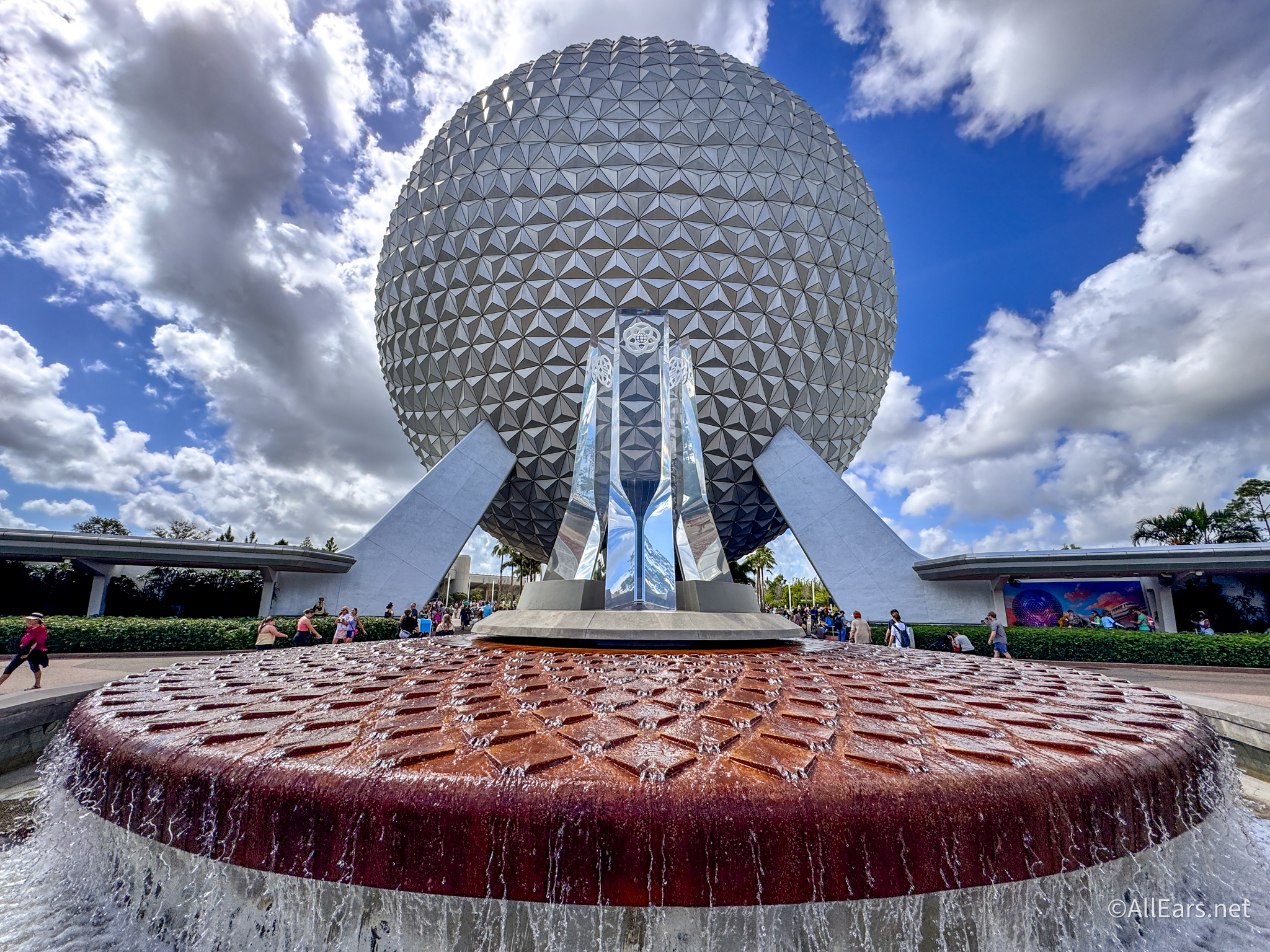
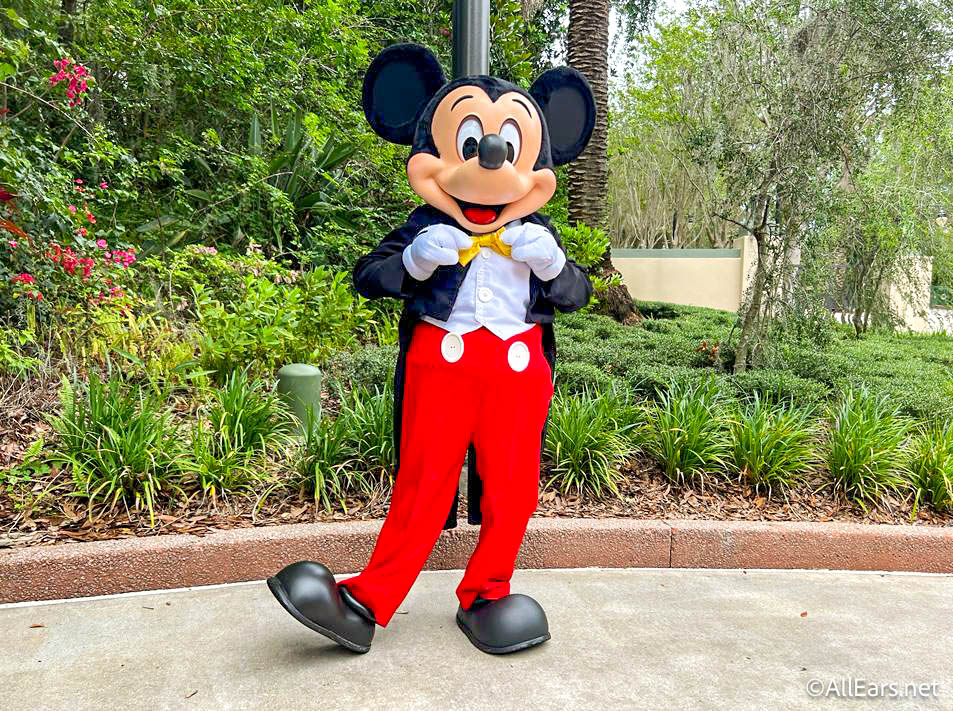
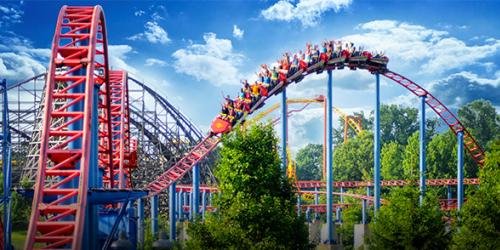
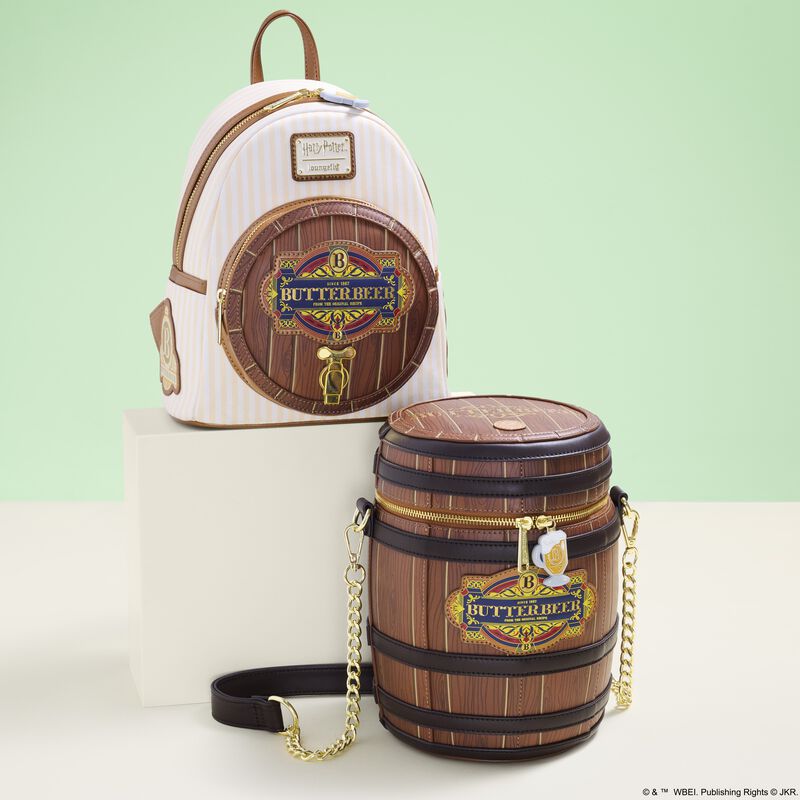

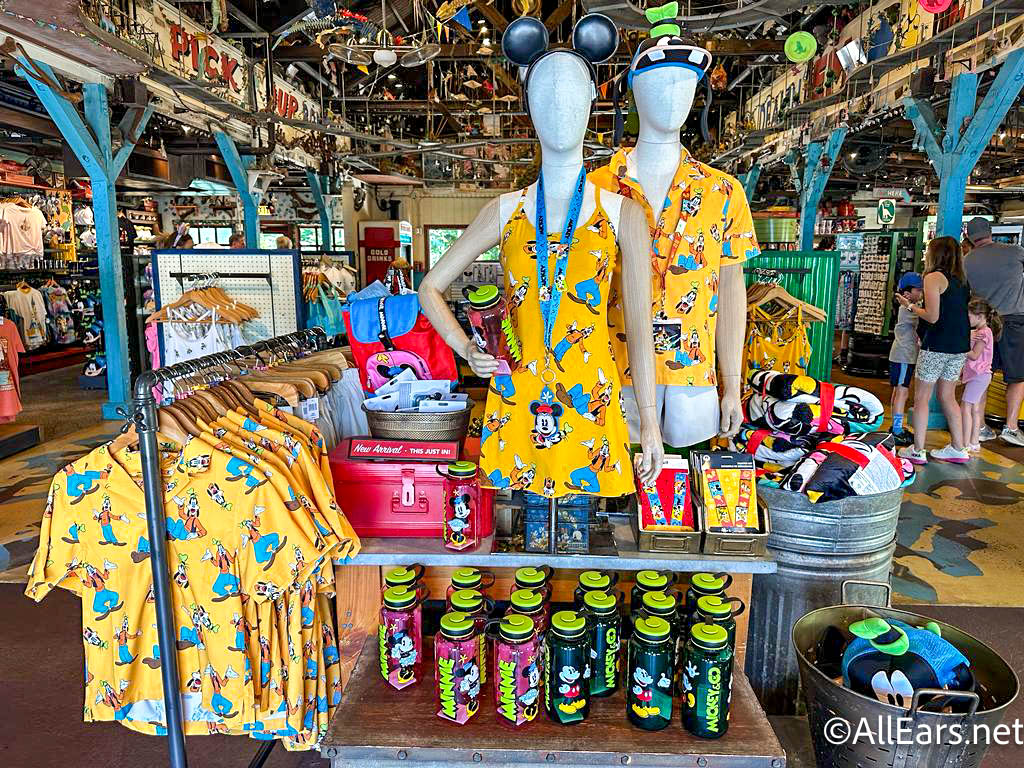
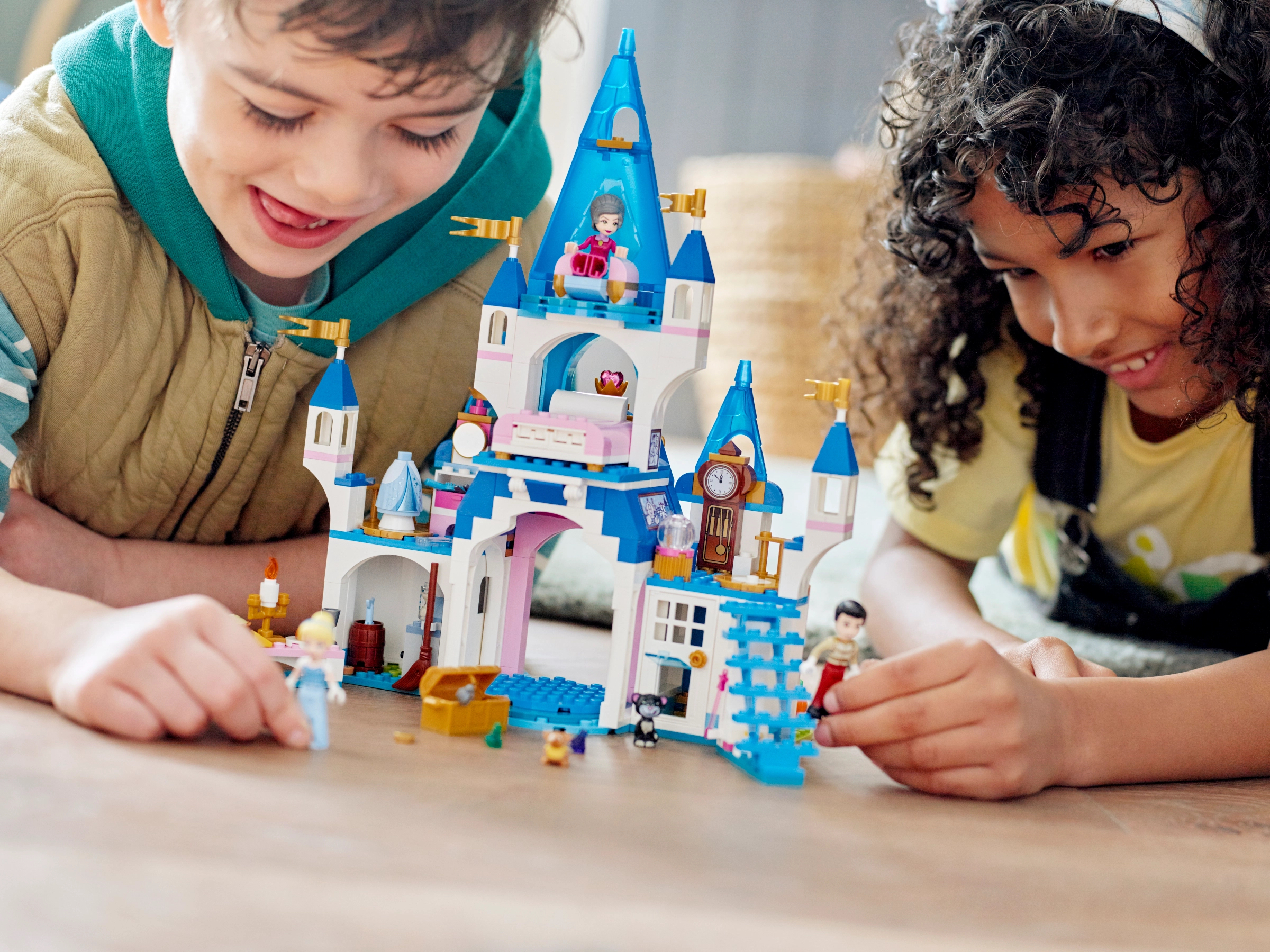
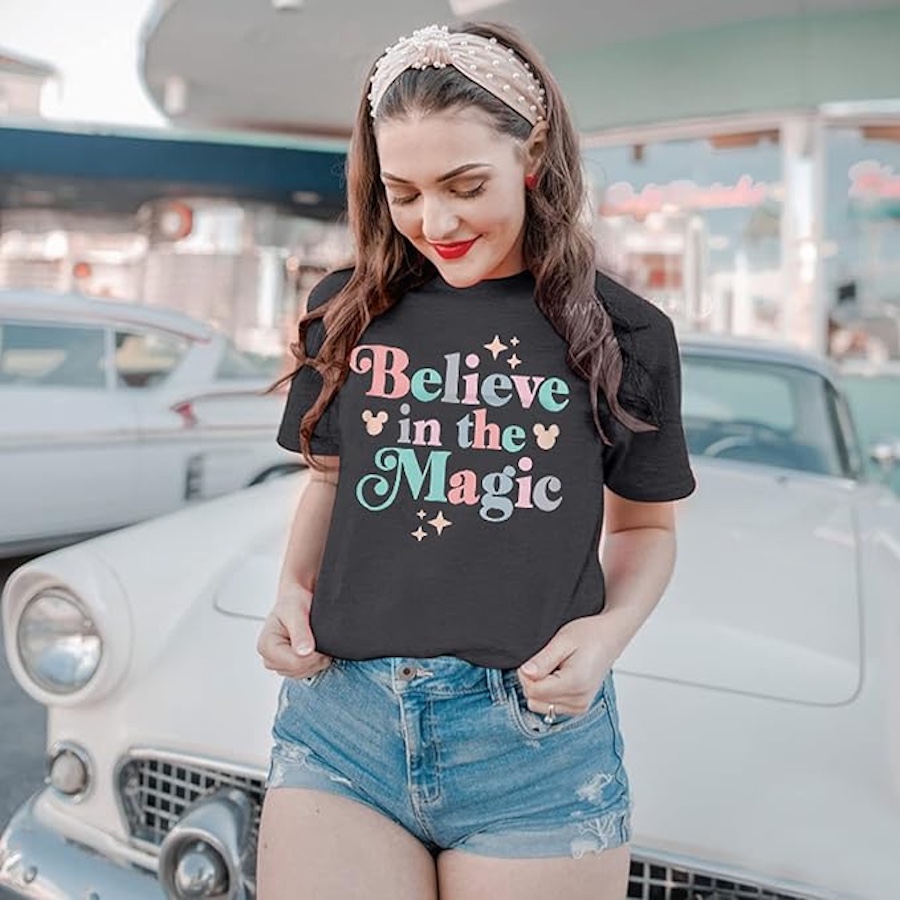
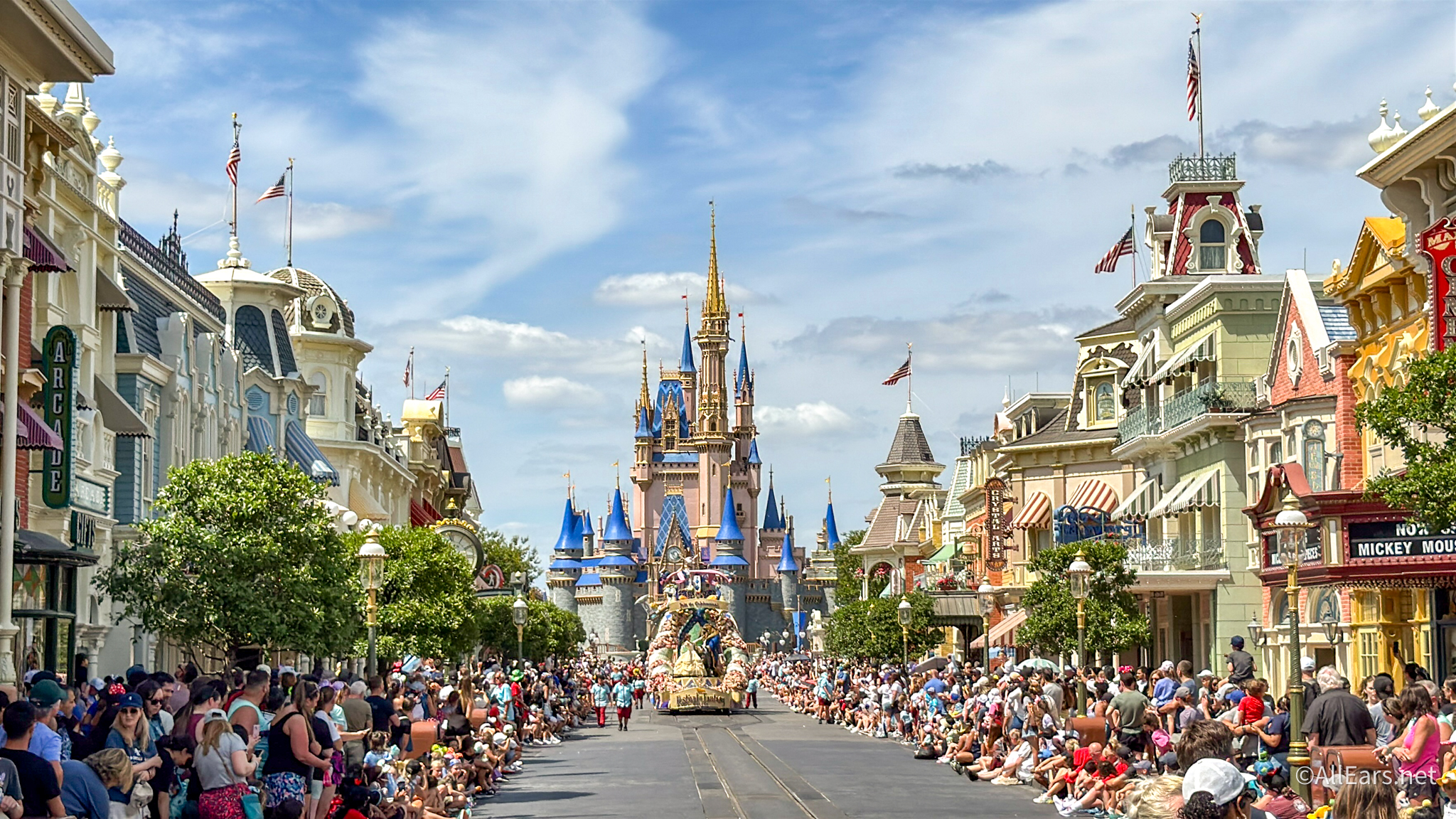
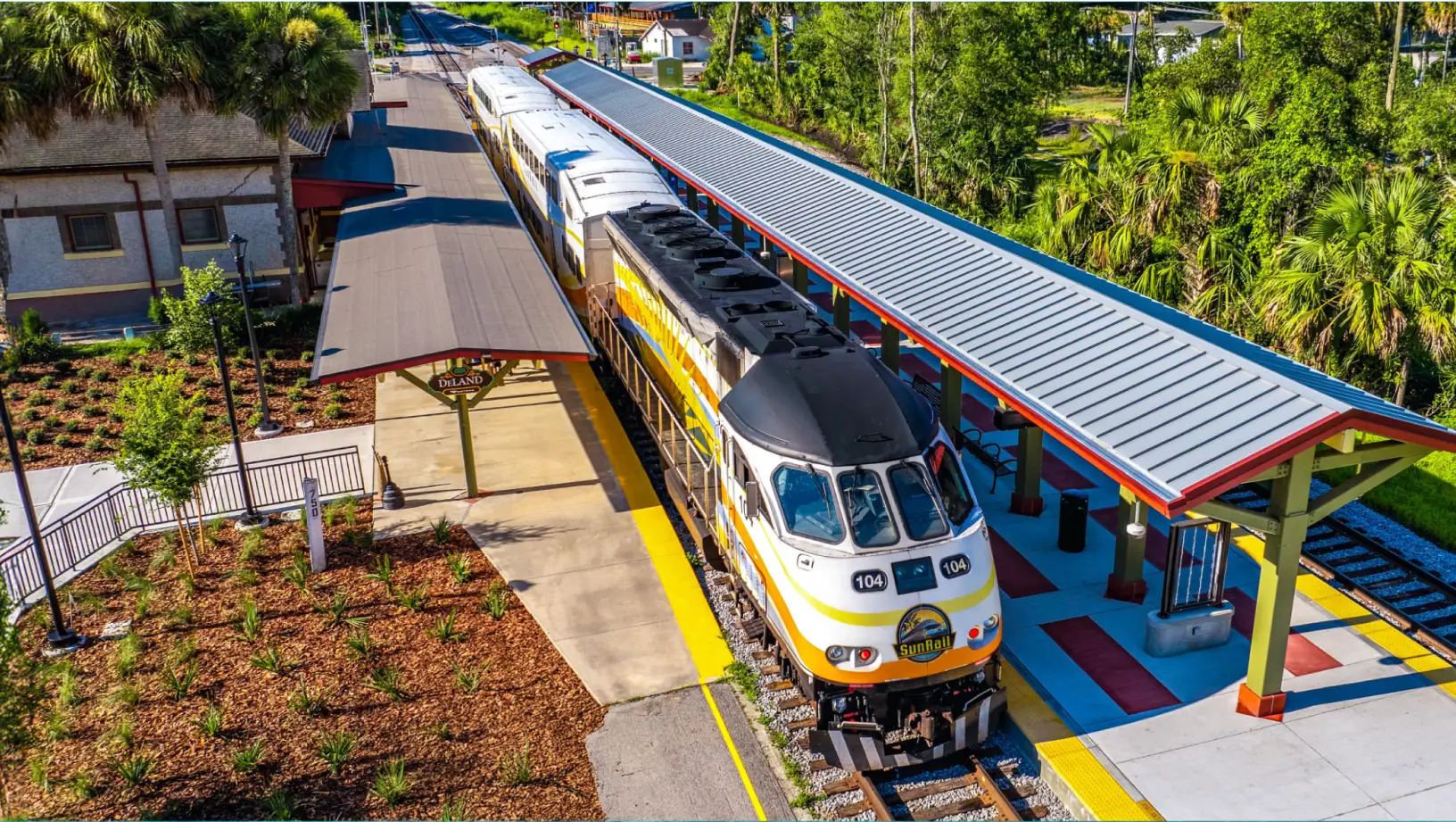

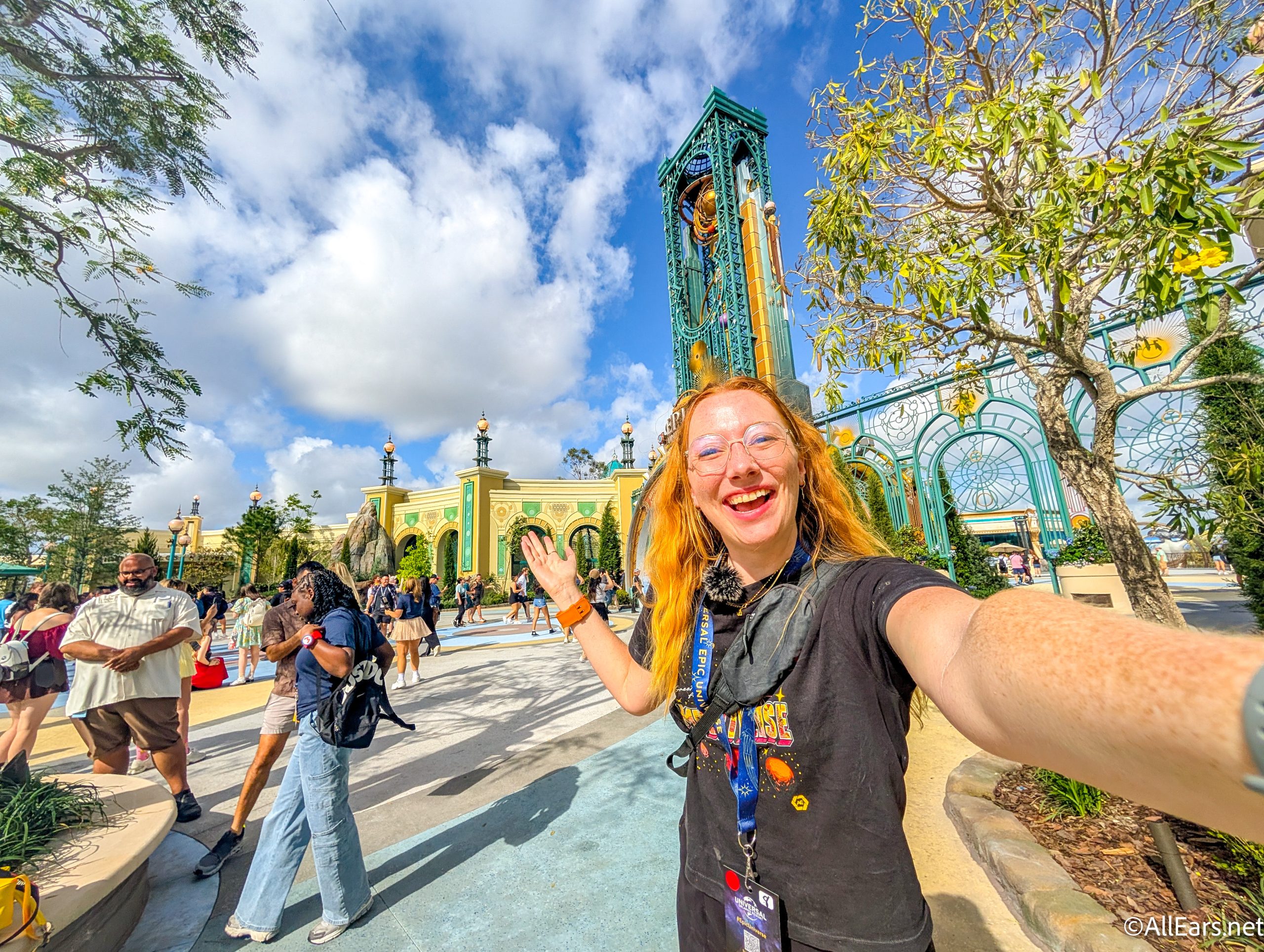
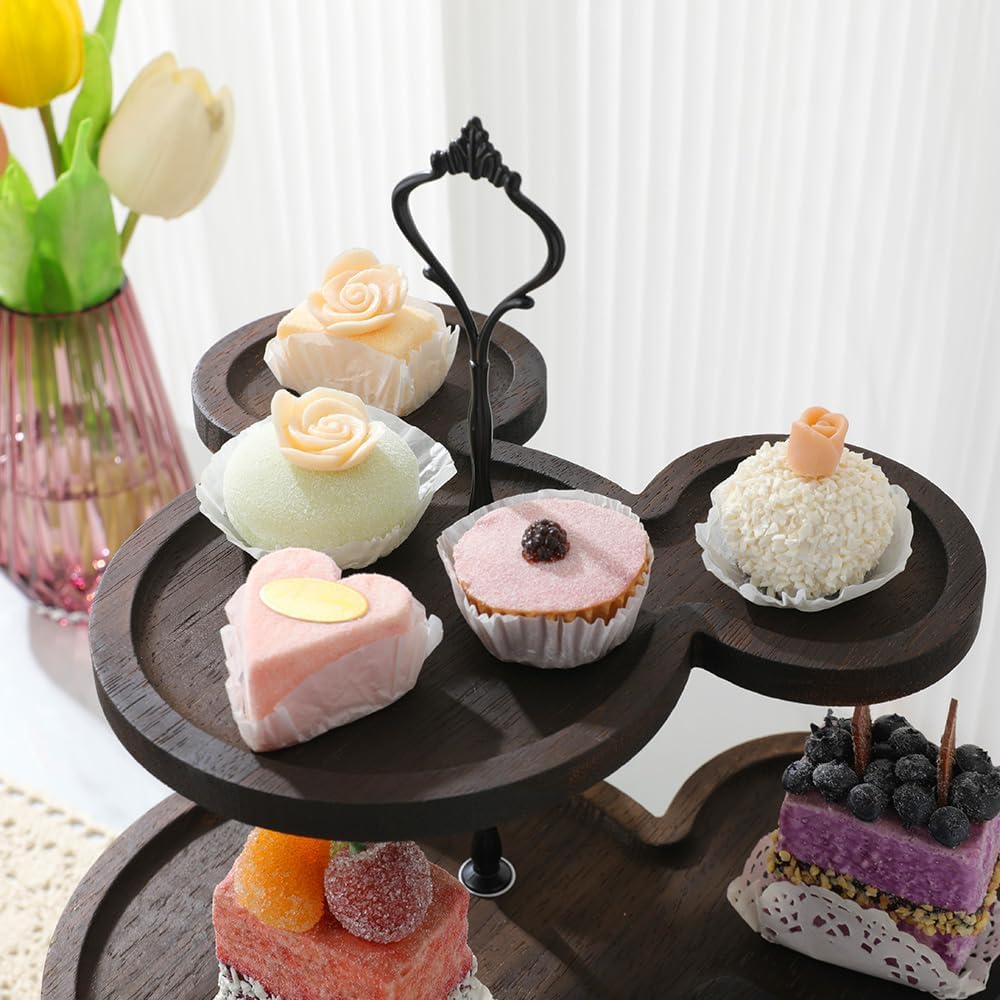
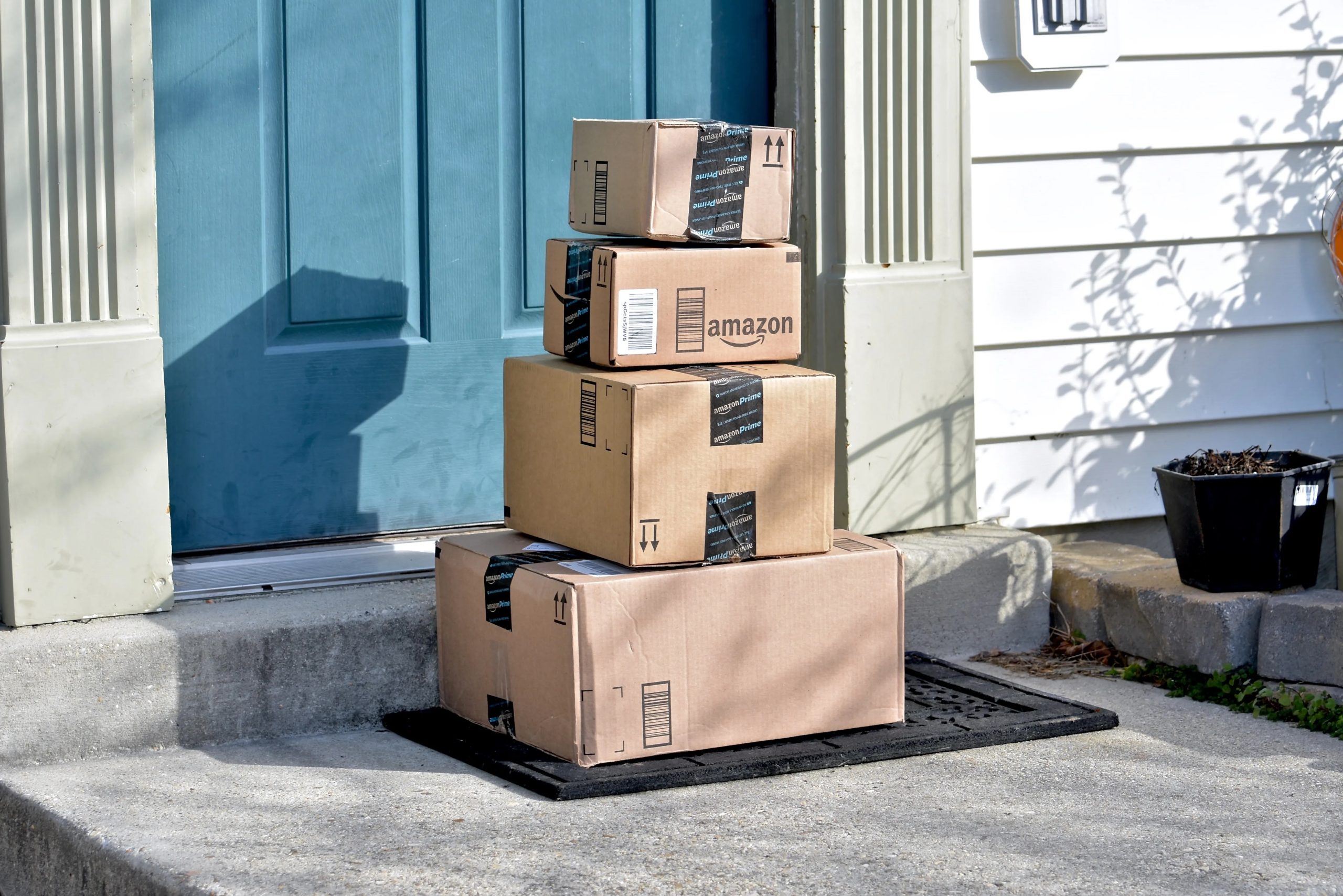
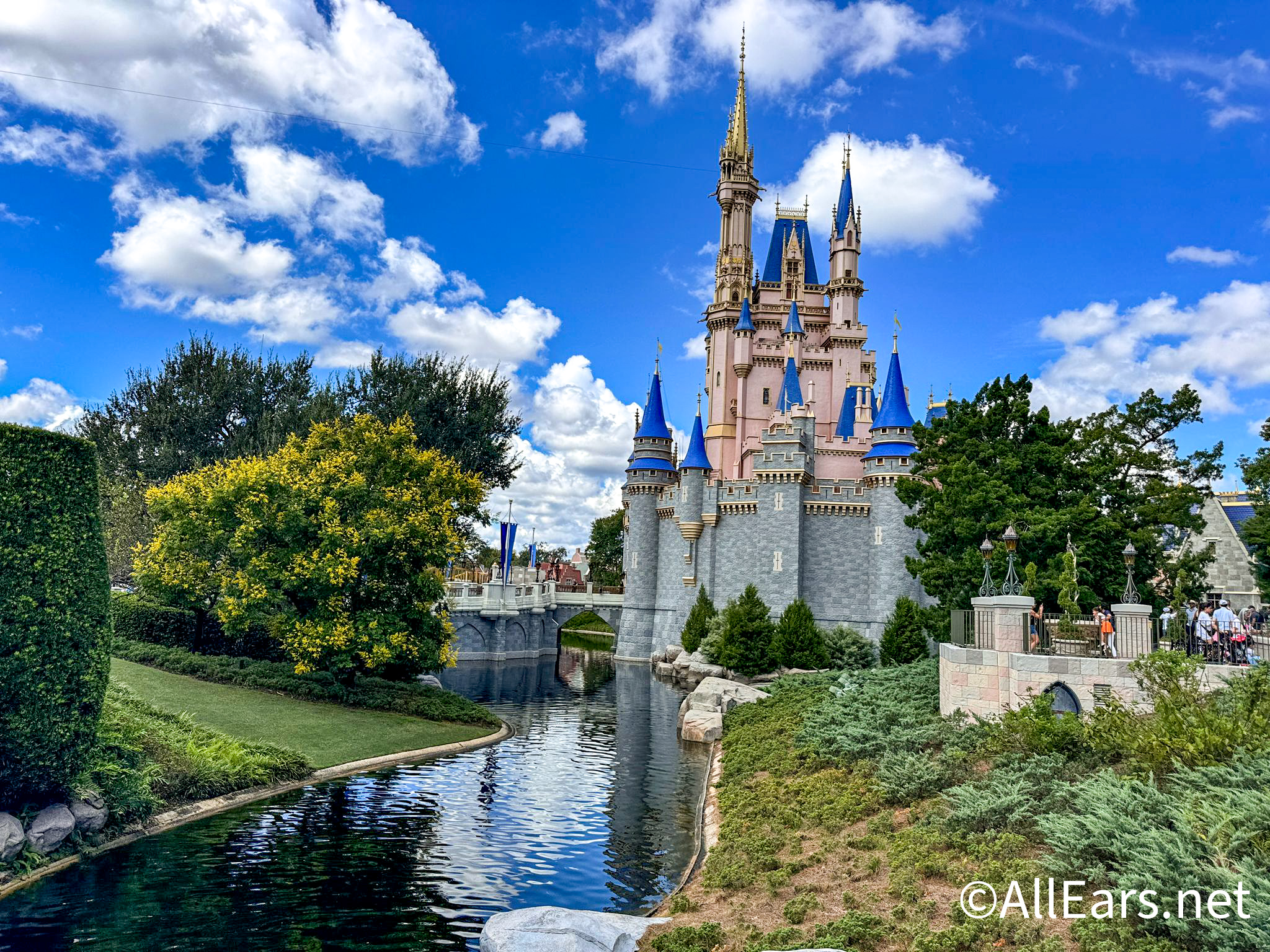
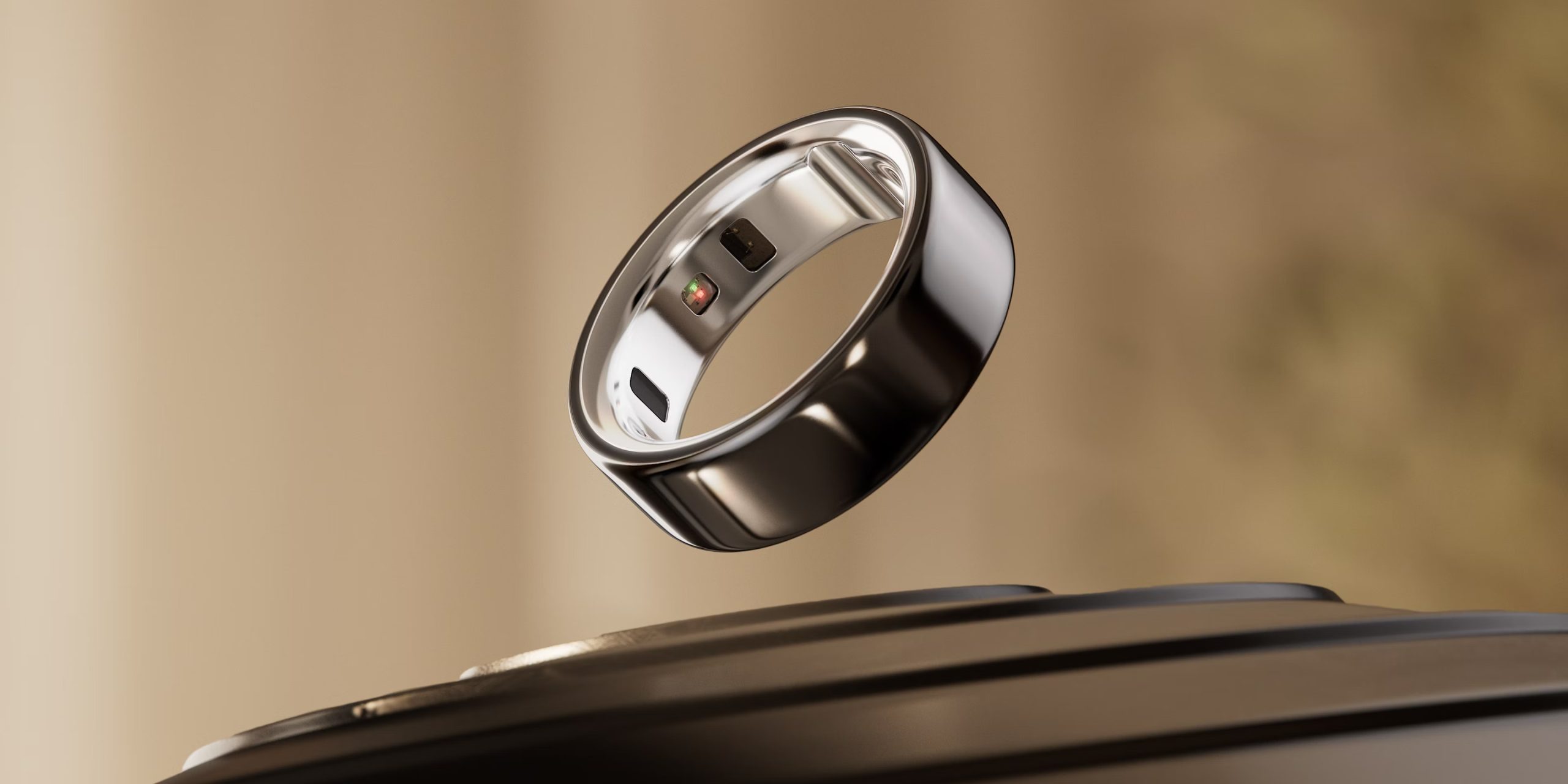
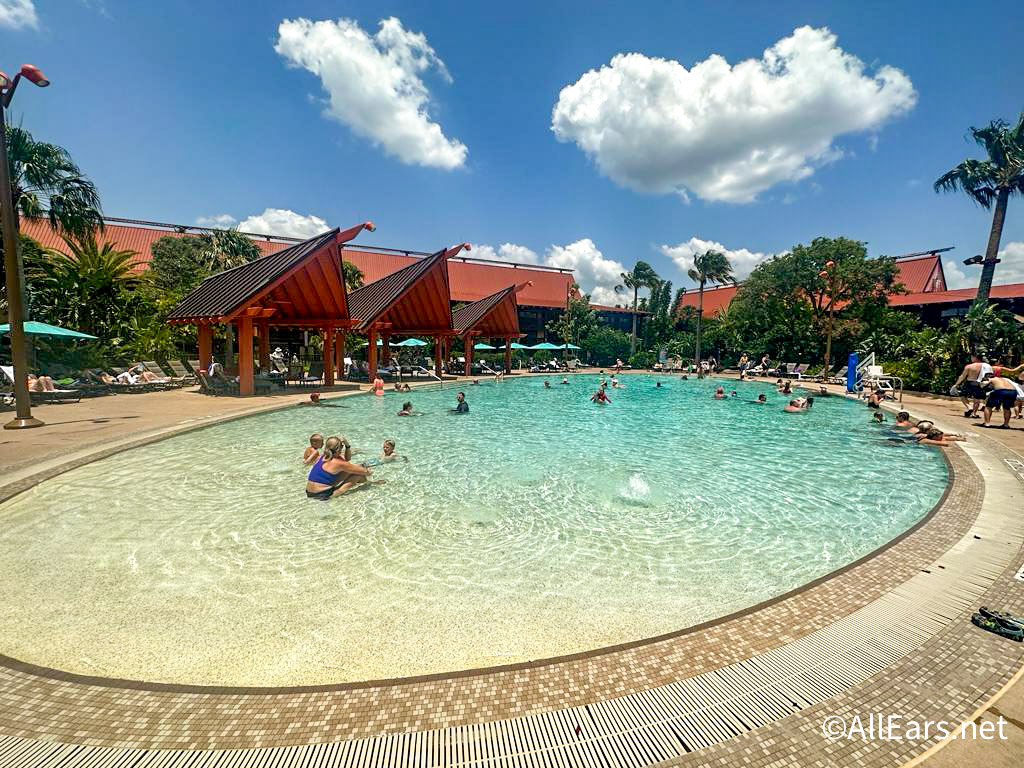
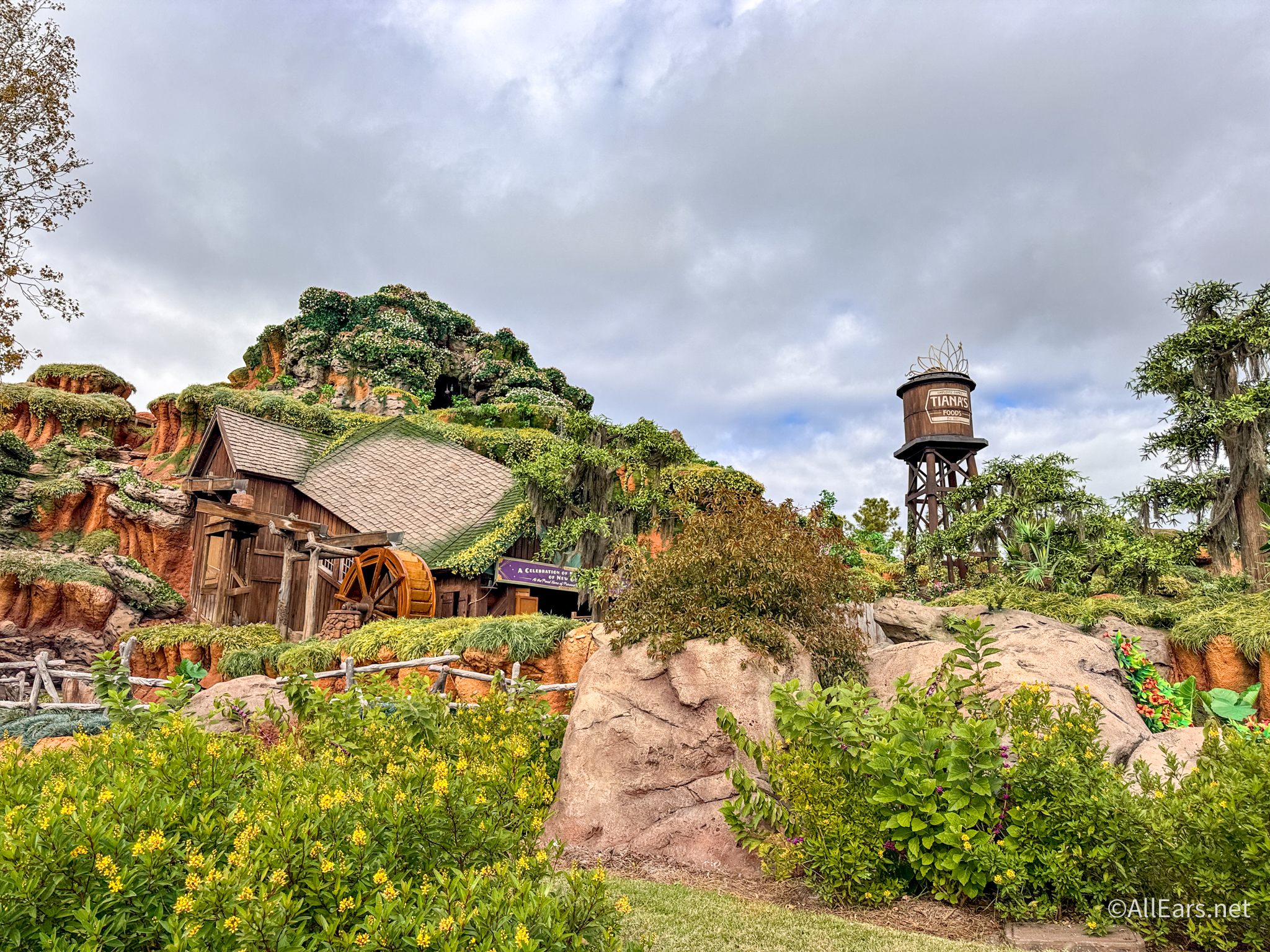
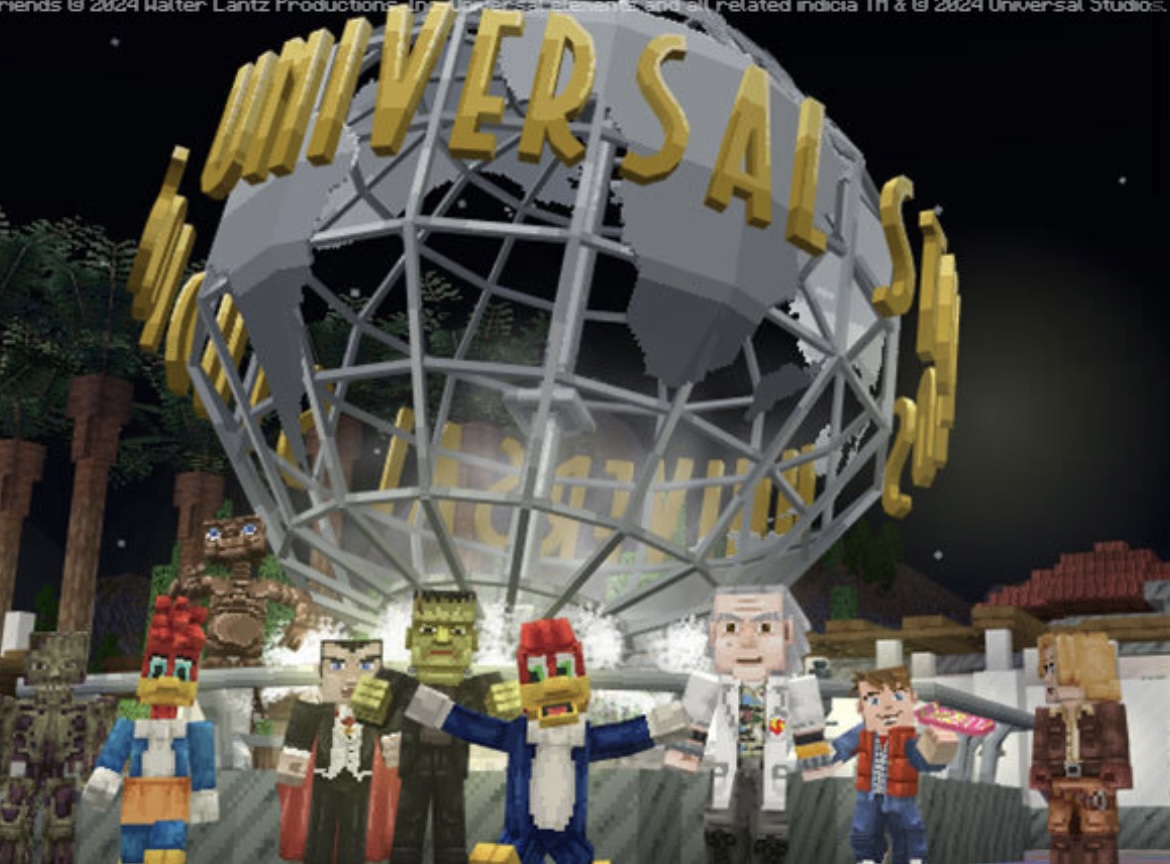
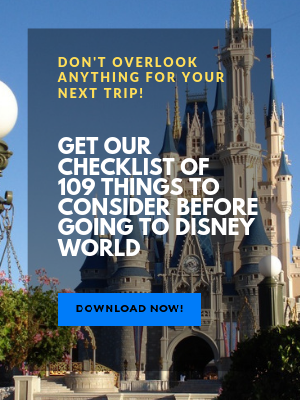
I still have a couple
I loved these Disney dollars and when I was teaching I would give these to my students who were going to Disney World.
I wish they would bring them back. I am sure people would still buy them.